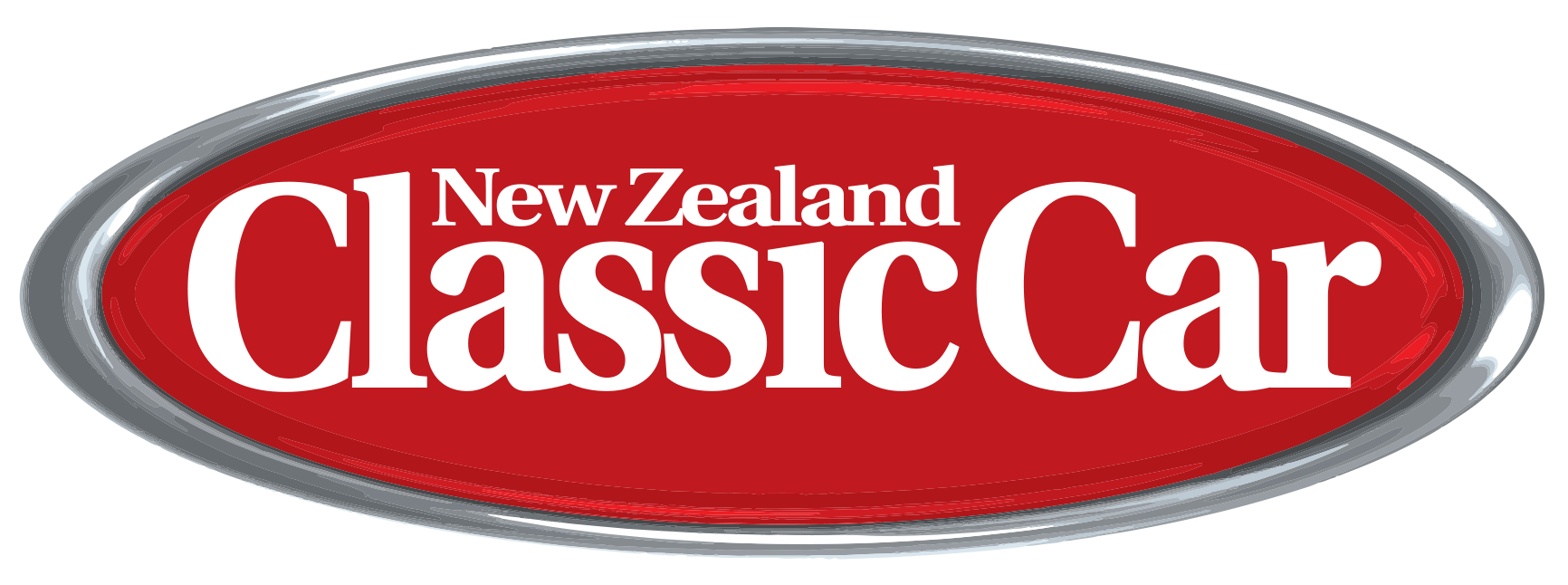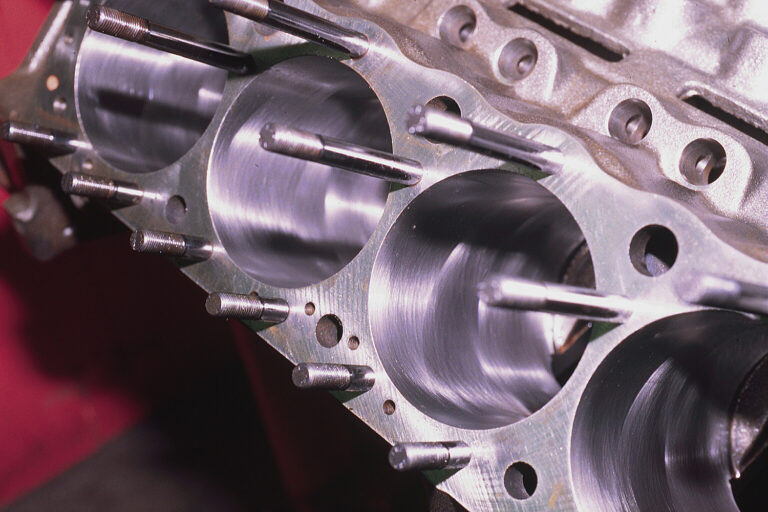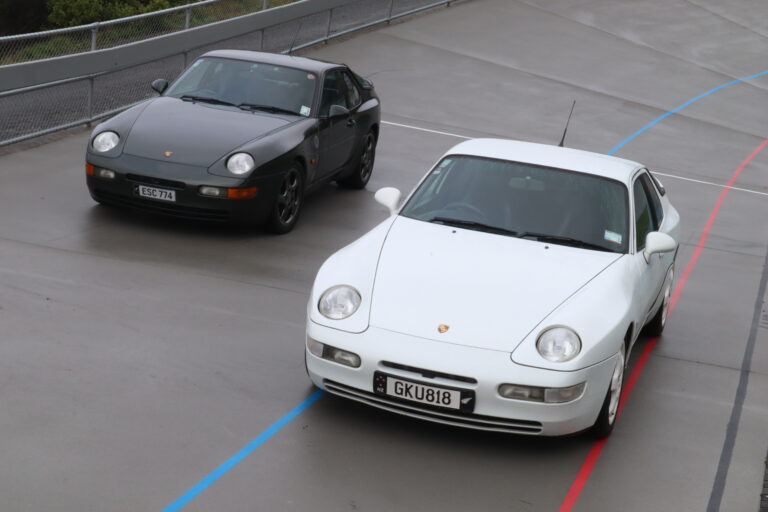Alfa Romeo have revealed their latest entry to the four-door super-saloon battle — the Giulia Quadrifoglio. Expected to face off against the likes of the BMW M3 and Jaguar’s new XE, the Italian machine boasts an impressive Ferrari-tuned all-aluminium 510hp six-cylinder engine capable of projecting it from 0–100kph in a brisk 3.9 seconds.
Offered in either rear-wheel drive or all-wheel drive, the Guilia Quadrifoglio has the versatility to impress any driver, regardless of their skill set, behind the stitched-leather steering wheel. Torque vectoring, 50/50 weight distribution, lashings of weight-saving materials, and what Alfa Romeo themselves term as ‘the most direct steering on the market’, are characteristics that set it up to be a very competitive entry to the performance sedan market.

The Quadrifoglio nameplate and ‘cloverleaf’ badge on the front fenders are a nod to Alfa Romeo’s extensive motorsport history — both better known for their association with the brand’s involvement in events like Targa Florio and championships like Formula 1. Recent times have seen Alfa Romeo revive the cloverleaf as a symbol for some of their range-topping cars.
While only images and video of the Quadrifoglio have been released, further information about the other models in the Giulia line-up should not be far away.

If the images aren’t enough, check out Alfa Romeo’s release video below and listen to the exceptional noise the Giulia’s ‘Ferrari-inspired’ engine makes. What do you think; can this be a match for the best from Stuttgart and England?


